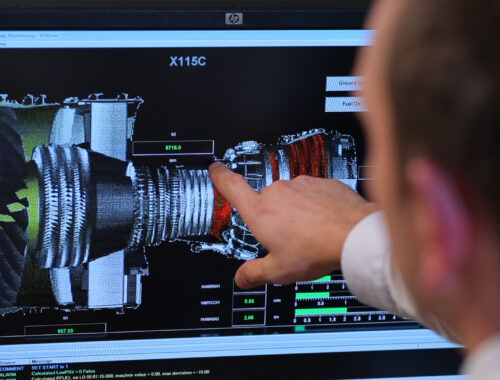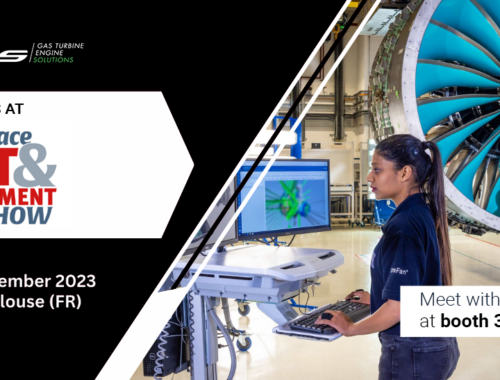Cell Structure – Very Large Engine Test Cells regularly suffer from infrasound disturbance, but the latest research demonstrates that the science exists to alleviate this concern.
As aircraft engines become larger and larger, so do the facilities required to test them. It is therefore not surprising that many large engine test facilities suffer from low-frequency noise, or infrasound, a phenomenon commonly associated with testing large engines. It should be noted that those facilities affected by infrasound were not designed by MDS, as we have gone to great lengths to understand the causes this phenomenon in large engine test facilities. Our research into infrasound spans almost two decades and includes both scale model and full-scale measurements as well as numerical modeling to develop comprehensive design guidelines that ensure engines will run smoothly with high repeatability, and that the test cell and surrounding buildings will not be subjected to the destructive and potentially dangerous low-frequency pulsations.
Infrasound is defined as high-amplitude low-frequency test-cell-generated standing waves and is the leading phenomenon known to cause engine instability. As well, these low frequencies are known to trigger structural vibrations in the test cell and its support buildings potentially leading to structural damage, along with physical and psychological effects on personnel and operators (headaches, nausea, etc.). This phenomenon is increasingly becoming the driving criterion in large test cell aero-acoustic design. This tendency is exacerbated by the increased proximity of test cells to residential and commercial areas which have led to more stringent infrasound emission regulations.
Test cell infrasound is the result of one or more resonance phenomena triggered by the interaction between the engine’s turbulent jet and the test cell exhaust system through which it flows. More specifically, the key driver of the infrasound is the aerodynamic instability generated by the highly energetic turbulent exhaust jet as it flows through the ejector system (augmentor tube, diffuser and basket). These instabilities are amplified by the test cell enclosure through natural resonances.
A free subsonic jet, such as the one produced by a gas turbine, usually produces noise with a continuous spectrum that is absent of any characteristic dominant frequencies. This broad-band acoustic noise is due to turbulent fluctuations of different turbulent scales. Once inside the test cell, the spectrum of the subsonic jet undergoes a major transformation, with resonance peaks dominating the spectrum.
In general, the infrasound amplitude increases with the amount of air entering the test cell exhaust system (high augmentor tube velocity). Therefore larger thrust engines create higher infrasound than lower thrust engines. The infrasound can exhibit different frequencies as each volume (intake section, augmentor tube, exhaust stack and the whole test cell) resonates at a different frequency. Resonance frequencies, for each of the volumes, have been observed in model tests, with varying degrees of intensity. In short, infrasound frequencies are functions of the test cell geometry. The magnitudes and severity of the infrasound are driven by the exhaust airflow flowing into the test cell ejector system.
The challenges facing test cell designers are the increased demand for lower infrasound and lower audible noise limits. Lowering the emitted noise requires “plugging up” the test cell intake and exhaust with silencing material however this is one of the leading triggers of infrasound. There are therefore careful tradeoffs between a test cell’s acoustic performance (how quiet it is) and its aerodynamic performance (how comfortable and natural the engine feels running inside a building). For instance, a low test cell bypass ratio (which is a measure of the air flowing around, not through, the engine) leads to flow instability (engine ingesting vortices from adjacent walls, hot-gas re-ingestion, etc.). On the other hand, an overly high test cell bypass ratio can lead to excessive ejector system flow momentum which will almost certainly result in test cell infrasound.
The test cell designer must therefore satisfy all of these seemingly conflicting needs. And how better to achieve this, than by arming himself or herself with the best empirical data and design guidelines in the industry? At MDS we are proud to say that we have done the necessary work to understand the causes of infrasound, and, even more importantly, the mitigation measures that will result in those very large engines operating without problems.









